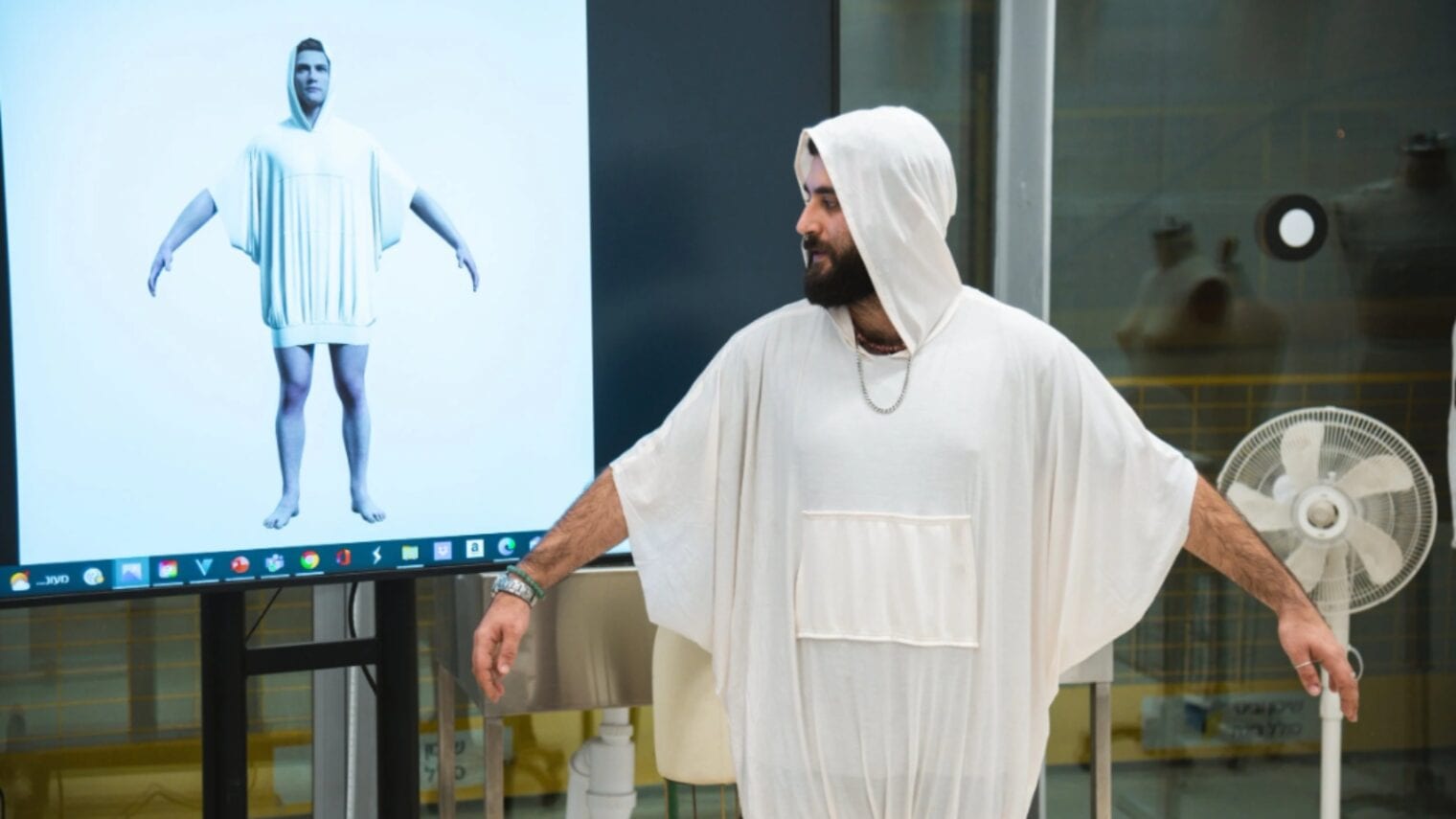“Fashion students used to be very technophobic,” Shenkar College of Engineering and Design fashion design department lecturer Gilly Bahat-Eshkol tells ISRAEL21c.
It’s understandable that budding designers relish the tactile experience of handling textiles and sewing physical samples.
But in a world where textile production and waste are monumental polluters and shipping is expensive, polluting and unreliable, the art of creating apparel has by necessity gone digital.
Gen Z fashion students, says Bahat-Eshkol, are loving the infinite innovations that digital design tools afford them while making patternmaking, rendering and sampling more sustainable and environmentally friendly.
They will enter the workforce fully familiar with tools such as lifelike avatars enabling them to visualize an outfit in 3D in a variety of colors, materials and sizes — avoiding the need for multiple samples to be sewed and shipped from China.
Here’s a look at how three Israeli fashion-design departments are using Israeli and other technologies to prepare their students for entering an industry that increasingly demands dexterity in digital design.
Zero waste
Shenkar’s fashion design department, led by Ilan Beja, acquaints students with technologies that allow them to minimize or avoid cutting and producing outfits before the design is approved.
Among the Israeli companies whose technologies have been used in Shenkar fashion-design courses are Kornit Digital to reduce use of water and print only what is needed; Optitex for digital patternmaking; and Browzwear for 3D “concept to clothing” digital design.
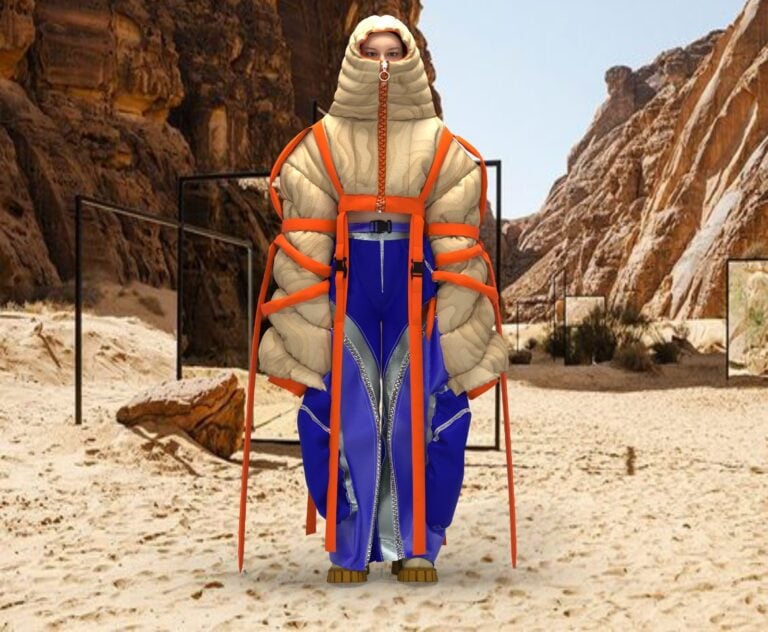
Bahat-Eshkol and technology coordinator Ana Solo launched their “Zero Waste 3D” fashion design course, merging design and technology, for second-year Shenkar students even before the pandemic, which further contributed to technological global shifts.
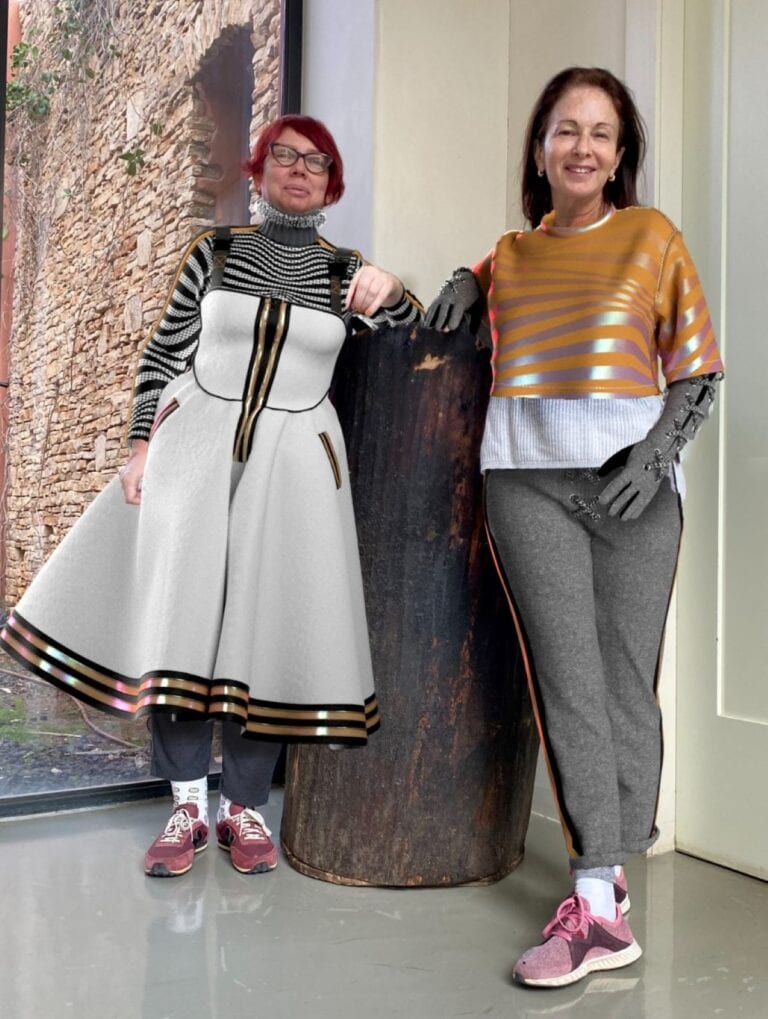
Zero Waste 3D course participants are even selling their designs on the digital design website DRESSX.
“Digital visualization is amazing today. Using a vast range of tools enables students to design signature collections with different types of textiles, materials and accessories that you’d have in the real world but without markers, sketchbooks, paper patterns, fabrics or even fashion models,” says Bahat-Eshkol.
Some students are already presenting fully digital projects for their graduation runways.
Mold and fishbones
At Bezalel Academy of Arts and Design in Jerusalem, fashion students are also using software to further the goals of sustainability and zero waste, says Shelly Satat-Kombor, head of the Jewelry and Fashion Design Department.
For instance, a recent collaboration with Israeli garment design, manufacturer and marketing company Delta Galil challenged Jewelry and Fashion Department students to create a leisurewear outfit in one day using VStitcher 3D design software from Browzwear.
“Students should not be intimated by this technology,” said Delta Galil Digital Platform Team Leader Oshrat Ben-Isaac. “On the contrary, it brings a lot of freedom and creativity.”
Satat-Kombor tells ISRAEL21c that her students design shoes, clothing and jewelry using Autodesk Fusion 360 software and 3D-print “only what we want, without leftovers. We also use digital printing technologies in connection with Kornit and Cadena Fabrics, a shop in Nachalat Binyamin, to print in small quantities for fashion designers.”
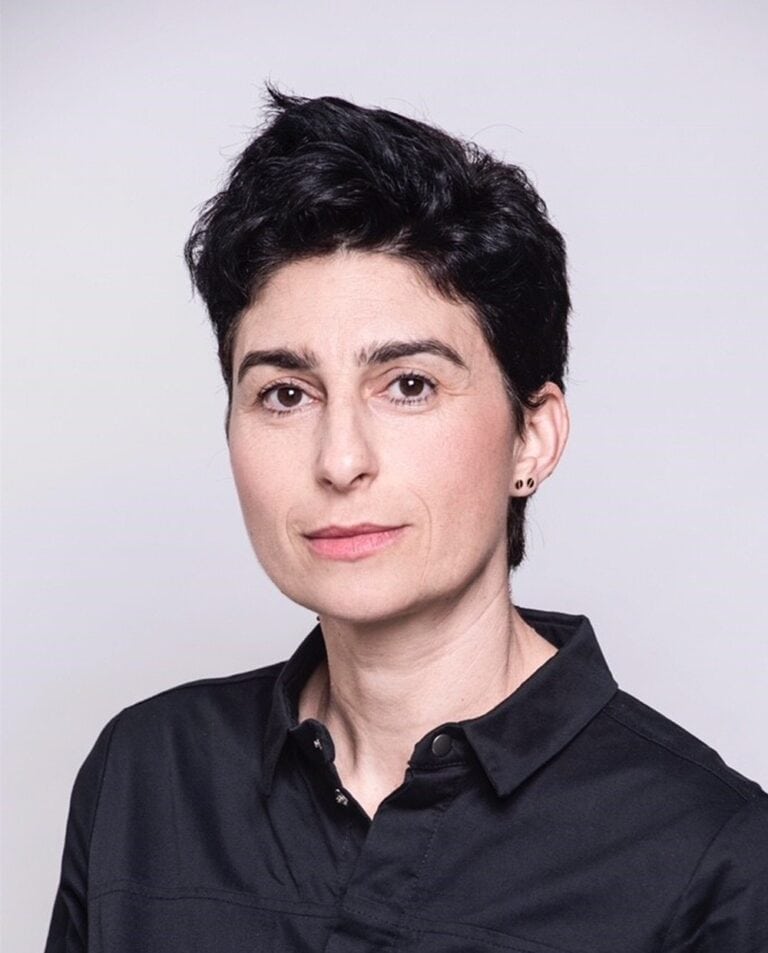
But sustainability isn’t only about technology, says Satat-Kombor. In fact, it’s the opposite.
“We encourage all our students to use readymade or salvaged materials instead of creating something new. They go to thrift shops like WIZO HaBigudit, and the shops give us items for free as well,” she says.
At Bezalel’s new campus they’ve opened a Thai garden in which students have planted flowers and spices to provide homemade dyes.
In addition, Satat-Kombor’s students are creating jewelry from food waste like fishbones, overripe fruit and bread mold.
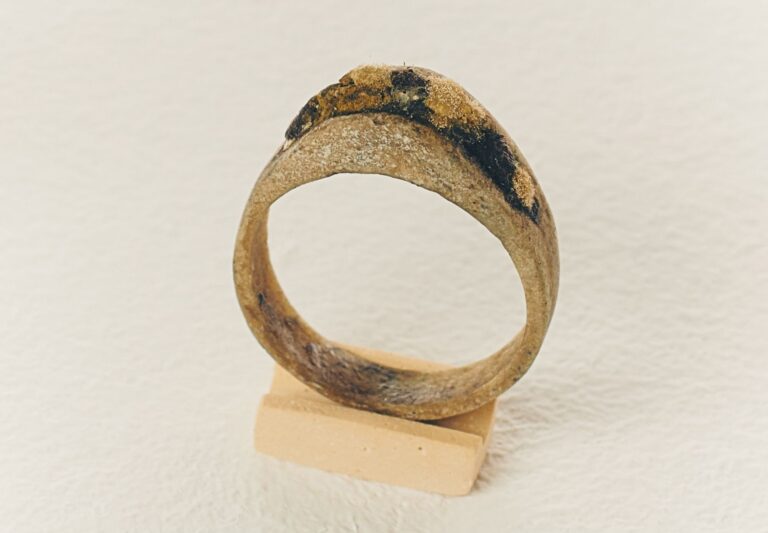
“One student made fruit leather from grapes and from that a kind of dress,” she says.
Another made a ring by kneading bread mold with flour and water, pressing the bread mold into a brass mold, baking, sanding and shaping.
“It’s a different way of using cheap materials to innovate,” says Satat-Kombor.
Metadress
At the University of Haifa’s new School of Design – created by merging with the Neri Bloomfield School of Design/WIZO Academic Center — social and environmental sustainability plays an integral role in the curriculum.
For example, the Metadress course taught by digital fashion designer Valentin Arie Karabanov introduces students to VStitcher, enabling them to craft a digital twin before sewing the physical garment.
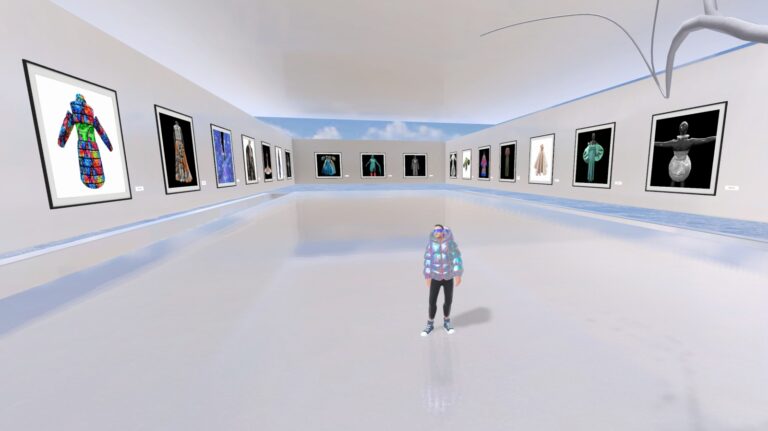
“With technology’s ever-increasing influence, it is crucial for students to adapt to advancements like 3D digital design in order to thrive,” said Karabanov.
“I emphasize the role of 3D modeling software in bridging the gap between digital and physical fabrics, empowering designers to create virtual prototypes and experiment with new techniques.”
After learning the software and its functionalities, Karabanov’s students apply their newfound knowledge to 3D pattern creation and garment simulation, followed by graphic design and the creation of textures using digital textiles.
Finally, students showcase their work as digital renderings in an immersive VR virtual gallery.
“I found VStitcher to be remarkably user-friendly, and working with different types of artworks in the software enables me to achieve a tailored jacket detailed with embroidery and beading to achieve an ultrarealistic look,” said student Yuval Beeri.




